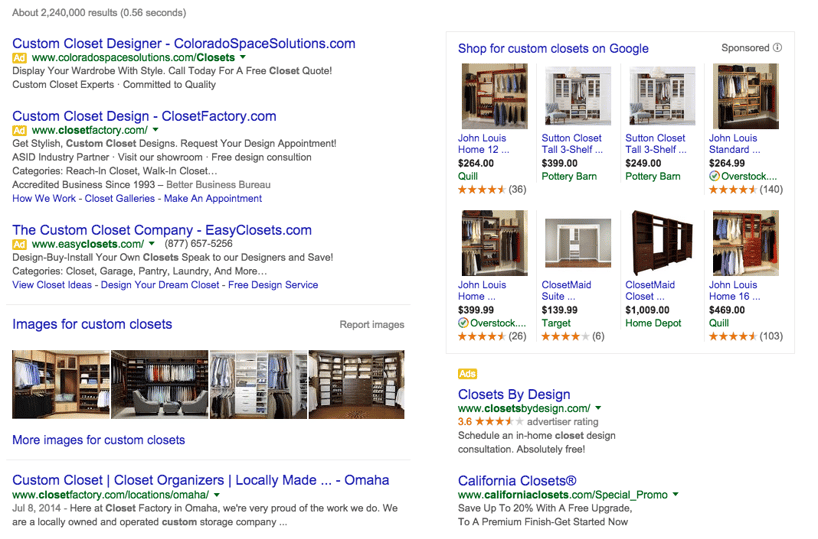AdWords & Amazon– A Different Kind of Search Partner

Google’s Search Partners has always been one of the murkier abysses in the ocean that is paid search. Sometimes the best thing since sliced bread, raking in qualified traffic, leads, and sales, all at a very profitable CPA or ROI. But other times it is more akin to Jabba The Hutt’s pit, a Rancor lurking in the darkness ready to gobble up your budget. This article will focus on analyzing and harnessing one of those Rancors, a slightly unusual search partner known as Amazon.
AdWords and Amazon used to have a traditional partnership. Amazon would serve AdWords PPC ads on their site, just like any other Google search partner. This PPC partnership lasted for several years, until in 2014, when Amazon decided to develop it’s own sponsored links platform. Amazon went from being one of the largest Google search partners to non-existent.But now they are back! And no one even noticed…
Amazon has definitely restructured their contract with AdWords, and the search partner ads they are running look like none you have ever seen before. In fact, these sponsored links look just like the rest of Amazon’s site, and have been completely re-branded.
Here’s an example from Amazon (the bottom of the Amazon page), and an example from the regular search engine results page in Google, both from the same search:
Amazon:

Google SERP:

The ads may have been reformatted, but they still contain the usual headline, description line 1 & 2, and a display URL, like any other Google paid search ad. This contract is a big deal between Amazon & Google, and you can be sure the relationship is both beneficial and lucrative for both parties.
You might be wondering how we noticed this subtle change, and how to determine if Amazon has been providing your paid search campaigns a positive return on investment. Because Google hides the information provided by its search partners and placements, it is impossible to extract this directly from AdWords. But there is always a way to get better data.
In this case, the solution is rather simple, and comes from our good friends over at HubSpot! For any of our Inbound clients, we leverage both Google Analytics and HubSpot tracking. By combining the two, we are able to see how a visitor came to a site, and specifically from where. This is one of the endless benefits of leveraging HubSpot. We started seeing there were contacts in HubSpot who were coming from paid search, but specifically from Amazon. Since the client wasn’t running ads on Amazon, we immediately knew something was up. Our contacts at Google weren’t even aware of the Amazon partnership, and it appears to have been something they didn’t want to actively promote. HubSpot deserves a serious shout-out for making a robust and helpful platform, that made this analysis possible.
Want to learn more about what HubSpot and Inbound Marketing can do for your business?

September 29, 2015
